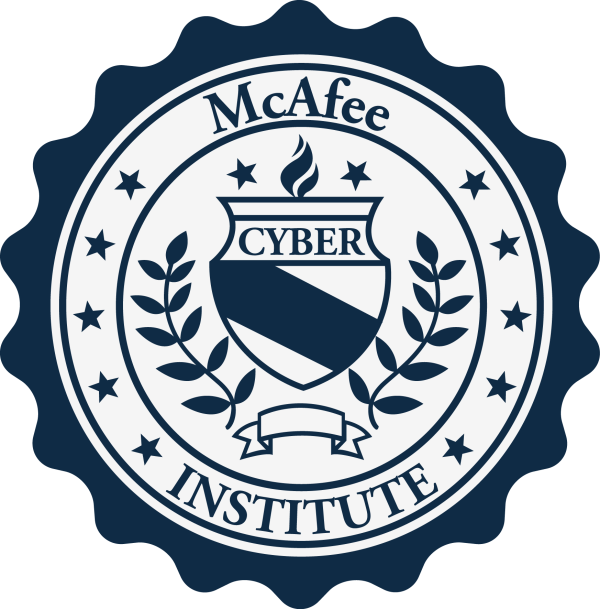Would you enter into a contract with someone whom you’ve never met? Would you agree to lend money to some farmer in Ethiopia? Would you become an investor in a minority-run newspaper in a war zone? Would you go to the hassle of writing up a legally binding contract for a $5 purchase over the internet? For most people, the answer would be no, as the transaction costs for these examples exceed the value transferred.
Smart contracts radically reduce transaction costs. Auto enforceable code – whether on the protocol level or the application level – standardizes transaction rules, thus reducing the transaction costs of:
- reaching an agreement,
- formalization, and
- enforcement.
A smart contract can formalize the relationships between people, institutions, and the assets they own. The smart contract’s transaction rulesets (agreement) define the conditions – rights and obligations – to which the parties of a protocol or smart contract consent. It is often predefined, and agreement is reached by simple opt-in actions. This transaction rule set is formalized in digital form, in machine-readable code (formalization). These rights and obligations established in the smart contract can now be automatically executed by a computer or a network of computers as soon as the parties have reached an agreement and met the conditions of the agreement (enforcement) (Glatz).
The concept of a smart contract is not new. However, Blockchain seems to be the catalyst for smart contract implementation. The most primitive form of a smart contract is a vending machine. The rules of a transaction are programmed into a machine. You select a product by pressing a number related to that product, insert the coins. The machine acts as a smart contract checking whether you inserted enough money. If yes, the machine is programmed to eject the product. If you insert too much money, it would also eject the change. If you didn’t insert enough money, or if the machine ran out of money, you will get your change back. Automatic vending machines not only slashed transaction costs by making human vendors obsolete, but they also expanded service, offering 24/7 availability instead of limited opening hours of a kiosk.



Post your comment on this topic.